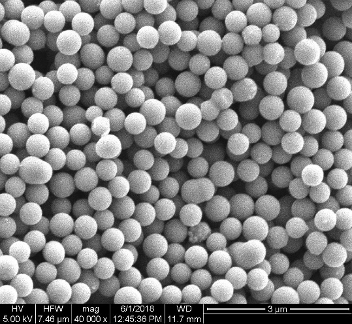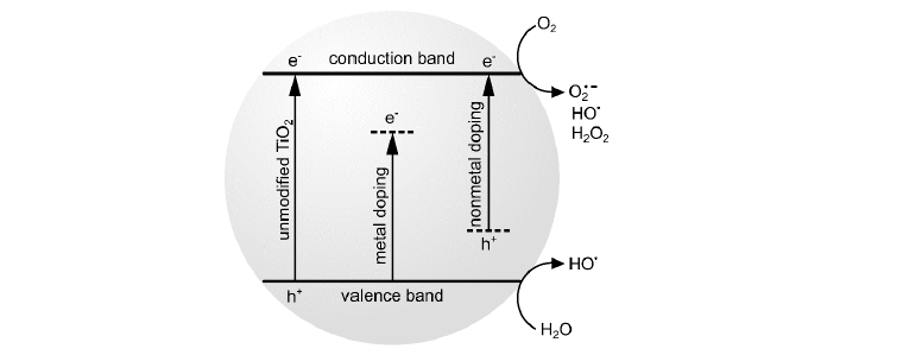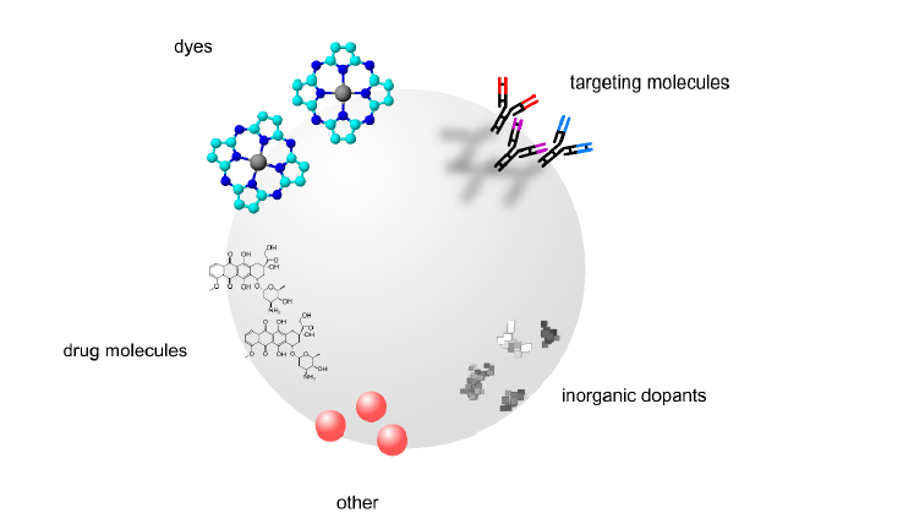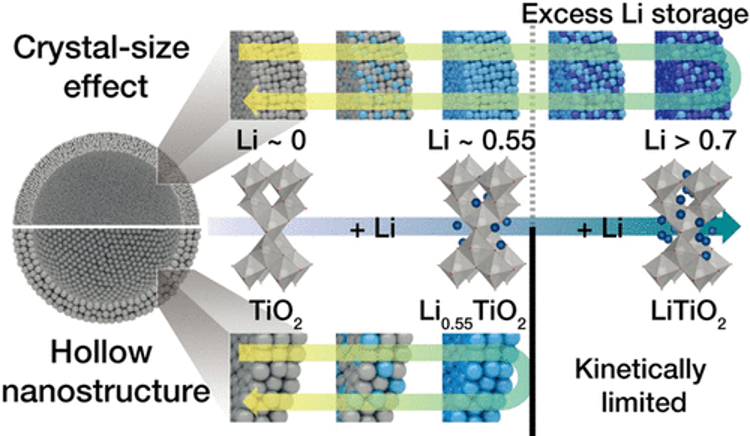Applications For Titania Nanospheres
Introduction
SOLIT™ is Glantreos range of non-porous Titanium Dioxide (TiO2) nanospheres. Particle sizes available are between 150 and 900nm. The low coefficient of variation (CV <15%) value of the SOLIT™ particles is unique amongst other products currently available on the market. The particles are supplied as aqueous or alcoholic suspensions in a range of concentrations (2.5-10wt%). As well as low CV values Glantreo’s new TiO2 products offer unique properties such as high dielectric constant (95-105) and high refractive index (2.488) and can be utilised in dye sensitized solar cells (DSSCs), lithium ion batteries, bioanalysis, biosensing technologies and photonic crystals

Background on TiO2
Titanium Dioxide’s high whiteness and opacity, has been used in a range of applications, including paints, pigments, sunscreen, and food colouring.
Titanium Dioxide’s high chemical and optical stability has made it one of the most widely researched semiconductor materials. SOLITs high refractive index TiO2 microspheres makes them ideal candidates for light driven photonic applications. In photocatalytic applications, TiO2 is used: in water splitting technologies; water purification under UV light to kill viruses, bacteria, and to decompose organics; as electrodes for dye sensitized solar cells (DSSCs); and building blocks for photonic crystals.
TiO2 microspheres offer high dielectric constant for bio-diagnostic sensing applications, materials for lithium ion batteries, and can also be used as carrier materials in biotechnology.
In these high-tech applications, mesoporous TiO2 microspheres have the optimal morphology for the fabrication of high-quality thin films, offering high packing densities, and reproducible coatings.

End Use Applications for TiO2 Nanoparticles
(1). Photocatalytic – Dye Sensitized Solar Cells (DSSCs)
TiO2 microspheres with controlled physical and surface properties have demonstrated high performance in Dye Sensitized Solar Cells (DSSCs). A high solar to electric power conversion efficiency (PCE) is achieved giving improved performance compared to standard Degussa P25 TiO2 electrodes. Highly organised densely packed thin films of TiO2 microspheres improve the light harvesting and conversion efficiencies by up to 25%

2). Photocatalytic water splitting
Under UV and visible light, TiO2 microspheres show improved performance (by approx. 20% approx.) compared to commercial Degussa P25 TiO2 electrodes. A highly organised densely packed thin films of TiO2 microspheres facilitates interparticle charge transfer by retarding the recombination of photoexcited electrons and holes.

(3). Bio Diagnostic Applications
TiO2 is currently being researched as a material for use in bioanalysis and diagnostic test kits due to its high dielectric constant (95-105). For example, as part of viral diagnostics assay development, Titanium dioxide beads can be used for covalent coupling of biomolecules, bead tethering and counting and biomolecule separation. TiO2 also have favourable protein adsorption functionalises making it an ideal material to be utilised in bio analysis.

(4). Application in Lithium Ion Batteries
TiO2 spherical nanoparticles modified with carbon used as an anode have been shown to double the capacity Li Ion batteries, giving batteries a much longer lifespan before it is fully drained. Several research groups have discovered a new way to make Lithium-ion batteries with increased lifespans using TiO2. When TiO2 is an ordered porous substrate, it can charge and discharge equivalent to many years without any drop in capacity. Researchers are continually trying to develop Li-Ion batteries that last longer, environmentally friendly, light, safe and cost efficient. Longer life Li-Ion batteries will be of interest for mobile electronics and embedded sensors, as the demand for longer lasting devices increases.

